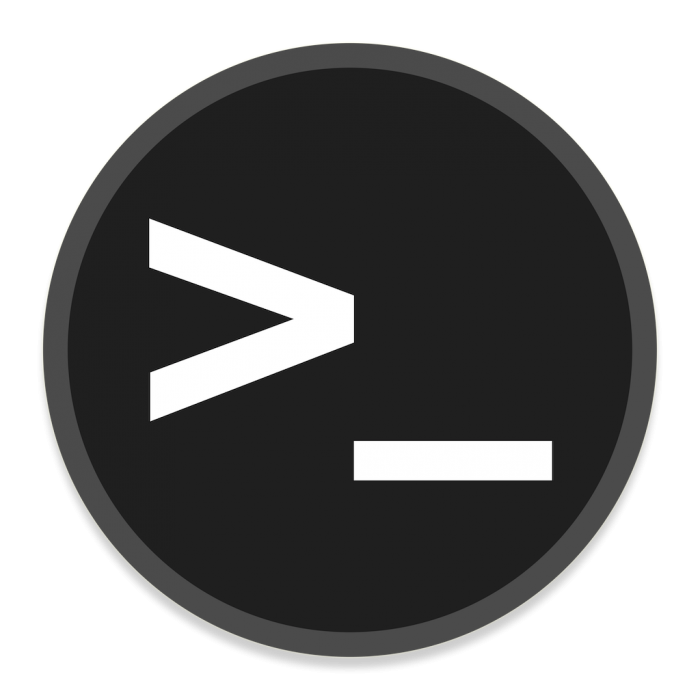I like kotlin SpringBoot apps deployed to k8s. Go apps for custom k8s operators/controllers.
- 7 Posts
- 27 Comments

 7·10 months ago
7·10 months agoI have been using “gaming” keyboards for coding for ~10 years now. The only thing to be wary of imo, is keebs that have “extra customizable keys” on them and break conformity from a standard layout. Depends on the device, but Logitech will call them “G keys”, for example, and often stick them on the far left of the board, left of tab/caps/L shift. Makes life a lot more difficult if not gaming.
Outside of that, I think calling something a “gaming” keyboard is more of a marketing tactic to up the price. It’s hard to not recommend mechanical, but that sounds out of budget and often hard to do wireless/bluetooth, but personally I think mech is the top priority.
What I have seen a lot of peers do is wait to see whatever keyboard the get in office, then buy the same one for home for consistency, rather than dragging a personal one back and forth. Often companies will offer basic boards like logitech K270, K350, or K650. Not amazing, not terrible, and most likely fit in your described criteria.

 7·1 year ago
7·1 year agoLaughs in
object

 4·1 year ago
4·1 year agoDecember 8th, 2009 - Motorola Droid successfully rooted … [granting] root access on the phone using a terminal emulator. This is how I learned bash which inevitably pushed me into pursuing proper Computer Science.

 5·1 year ago
5·1 year agoDecember 8th, 2009 - Motorola Droid successfully rooted … [granting] root access on the phone using a terminal emulator. This is how I learned bash which inevitably pushed me into pursuing proper Computer Science.

 841·1 year ago
841·1 year agoJust make sure to test the regex instead of blindly slapping it in assuming it works 🙂
It covers each and every line of the source code, each and every conditional statement in the program and every loop otherwise known as iteration in the program.
I think it is important to note 100% code coverage (“covers each and every line”) does not mean the tests are good tests.

 10·1 year ago
10·1 year agoYes, I write SpringBoot microservices and IntelliJ plugins using Kotlin. Any new code is Kotlin, but there is still a ton of Java, which I don’t consider “legacy”, since it works, and if I can sanely add Kotlin when necessary, I don’t see the need for “full rewrite”.
You may get more traction by asking the Kotlin community

 6·1 year ago
6·1 year agoI did not know this, thank you for sharing. I am going to leave the comment because it has generated some good discourse (and hopefully maybe more) and in my reality, I don’t think I would even notice if this instance chooses defederation.

 72·1 year ago
72·1 year agoI look towards the experts to try and form my opinion here, as I am not one.
Our stance: We have been advocating for interoperability between platforms for years. The biggest hurdle to users switching platforms when those platforms become exploitative is the lock-in of the social graph, the fact that switching platforms means abandoning everyone you know and who knows you. The fact that large platforms are adopting ActivityPub is not only validation of the movement towards decentralized social media, but a path forward for people locked into these platforms to switch to better providers. Which in turn, puts pressure on such platforms to provide better, less exploitative services. This is a clear victory for our cause, hopefully one of many to come.
https://blog.joinmastodon.org/2023/07/what-to-know-about-threads/
I see that full blog as a “threads is good for the fediverse”. I only look at and interact with local on this instance, but am generically against jumping to defederation because “no like”.

 3·1 year ago
3·1 year agoThe most simple way of explaining the cloud computing is storing, accessing, and processing data over the internet instead of using a traditional client server architecture.
Just because your compute is “in the cloud” doesn’t mean it isn’t a server, and it definitely can still be client/server architecture
Cloud provider hosted server accessed by client = client/server architecture

 7·1 year ago
7·1 year agoInterpreted language != Compiled language

 1·1 year ago
1·1 year agoYou may get more traction asking in the communities that exist for those tools: IntelliJ and Docker
8GB for two separate IntelliJ projects sounds low. You could try importing both into one instance as separate “modules” so that there is only one IntelliJ instance/window.
Depending on how you are running the VM, the host may be choking it through the host OS and leading to OOM. Especially with a tool like docker.
Edit: I see you commented usage of windows, you may need to look into wslconfig

 7·1 year ago
7·1 year agoI am constantly fighting for more time coding. If you were to look at my calendar, there’s only ~5 hours per week of open time. My customers are our developers, however, so for the most part I am at least in meetings about code and SDLC rather than random feature refinements and such.

 2·1 year ago
2·1 year agoGreat call out.
Definitely their products. I think things like buck2 are rad.

 2·1 year ago
2·1 year agotestLike this
~~test~~Edit: You said subscript not stikethrough 🤦

 2·1 year ago
2·1 year agoAlthough I despise their software, I do enjoy their engineering blogs, thanks for sharing.

 1·1 year ago
1·1 year agoHi friend, sounds like you should join us over in devops@programming.dev :)
It is important, and effective, to properly track and show to teams what effect their code changes have to the system and what “their team’s process” looks like to an outsider with meaningful data.
More here https://programming.dev/post/80365

 1·1 year ago
1·1 year agoI am still fairly new to Steam deck (~6 months).
Outside of having the dock to allow for normal USB ports for both keyboard and mouse (without converters and such), this awesome steam-deck-tricks readme/repo is majorly where I have been learning from.
The major catch is rootfs read only and strategizing how to avoid reinstalls after steam updates. I haven’t quite gotten all the way there yet since I am using it more for tinkering (linux host on local network) for the time being.

 11·1 year ago
11·1 year agoThe original Roller Coaster Tycoon is famously written in assembly.
Sawyer wrote 99% of the code for RollerCoaster Tycoon in assembly code for the Microsoft Macro Assembler, with the remaining one percent written in C.
This always blew my mind, especially when struggling around with things like cmu bomblab back in the day.
I haven’t thought about assembly in a long time, and not sure if I want to ;P
Looks like a nice detailed walkthrough though!







I find it very difficult to recommend generative ai as a learning tool (specifically for juniors) as it often spits out terrible code (or even straight up not working) which could be mistaken as “good” code. I think the more experienced a dev is, the better it is to use more like a pair programmer.
The problem is it cannot go back and correct/improve already generated output unless prompted to. It is getting better and better, but it is still an overly glorified template generator, for the most part, that often includes import statements from packages that don’t exist, one off functions that could have been inline (cannot go back and correct itself), and numerous garbage variables that are referenced only once and take up heap space for no seemingly no good reason.
Mainly speaking on GPT4, CoPilot is better, both have licensing concerns (of where did it get this code from) if you are creating something real and not for fun.